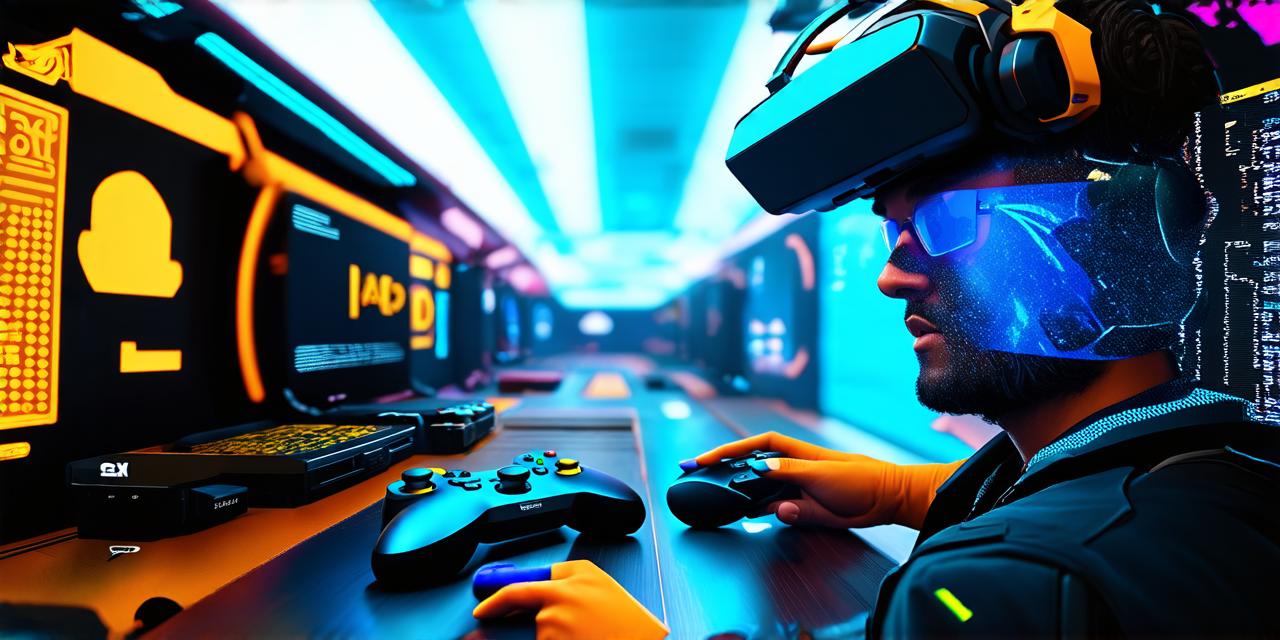1. Define your target audience
Before starting development, it’s essential to define your target audience. Who are the people you want to reach with your game? What type of gameplay experience do they prefer? What are their interests and hobbies? Answering these questions will help you create a game that resonates with your target audience and maximizes its potential for success.
2. Choose the right platform
There are several VR platforms available, including Oculus Rift, HTC Vive, and PlayStation VR. Each platform has its strengths and weaknesses, so it’s important to choose the one that best suits your game’s needs. For example, if your game requires a lot of movement, Oculus Rift may be the best choice because of its more open tracking system.
3. Design for social interaction
Multiplayer VR games are all about social interaction, so it’s important to design your game with this in mind. Consider how players will interact with each other and create gameplay mechanics that encourage teamwork, communication, and friendly competition. You can also incorporate features like voice chat and text chat to facilitate communication between players.
4. Optimize for performance
VR games require high-performance hardware, so it’s important to optimize your game for the best possible performance. This includes minimizing frame rate drops, reducing motion sickness, and ensuring that the game runs smoothly on all devices. You can use tools like Unity’s built-in profiling tools to identify and fix performance bottlenecks.
5. Use realistic environments
One of the key features of VR is its ability to create immersive environments that feel like the real world. To create a truly immersive experience, use realistic textures, lighting, and sound effects to bring your game world to life. You can also use 360-degree photography to capture real-world environments and incorporate them into your game.
6. Test for accessibility
VR technology can be expensive and not everyone has access to the latest devices. It’s important to test your game for accessibility to ensure that it’s accessible to as many people as possible. This includes testing on different VR platforms, using different controllers, and ensuring that the game is compatible with a range of devices.
7. Use analytics to measure success
To ensure that your multiplayer VR game is successful, it’s important to use analytics to measure its performance. This includes tracking user engagement, identifying popular game modes, and monitoring player behavior. You can use tools like Google Analytics to gather data on player behavior and make data-driven decisions about how to improve the game.
FAQs
1. What are the most important factors to consider when developing a multiplayer VR game?
Defining your target audience, choosing the right platform, designing for social interaction, optimizing for performance, using realistic environments, testing for accessibility, and using analytics to measure success.
2. How can I ensure that my multiplayer VR game is accessible to as many people as possible?
Testing on different VR platforms, using different controllers, and ensuring that the game is compatible with a range of devices.
3. What are some common mistakes to avoid when developing a multiplayer VR game?
Overlooking player feedback, not testing for accessibility, not optimizing for performance, and not using analytics to measure success.
Conclusion
Developing a successful multiplayer VR game requires careful planning, attention to detail, and a commitment to creating an engaging and immersive experience for players. By following these expert tips, you can create a game that resonates with your target audience and maximizes its potential for success. Remember to test for accessibility, optimize for performance, use realistic environments, and use analytics to measure success. With the right approach, you can create a multiplayer VR game that players will love to play again and again.
